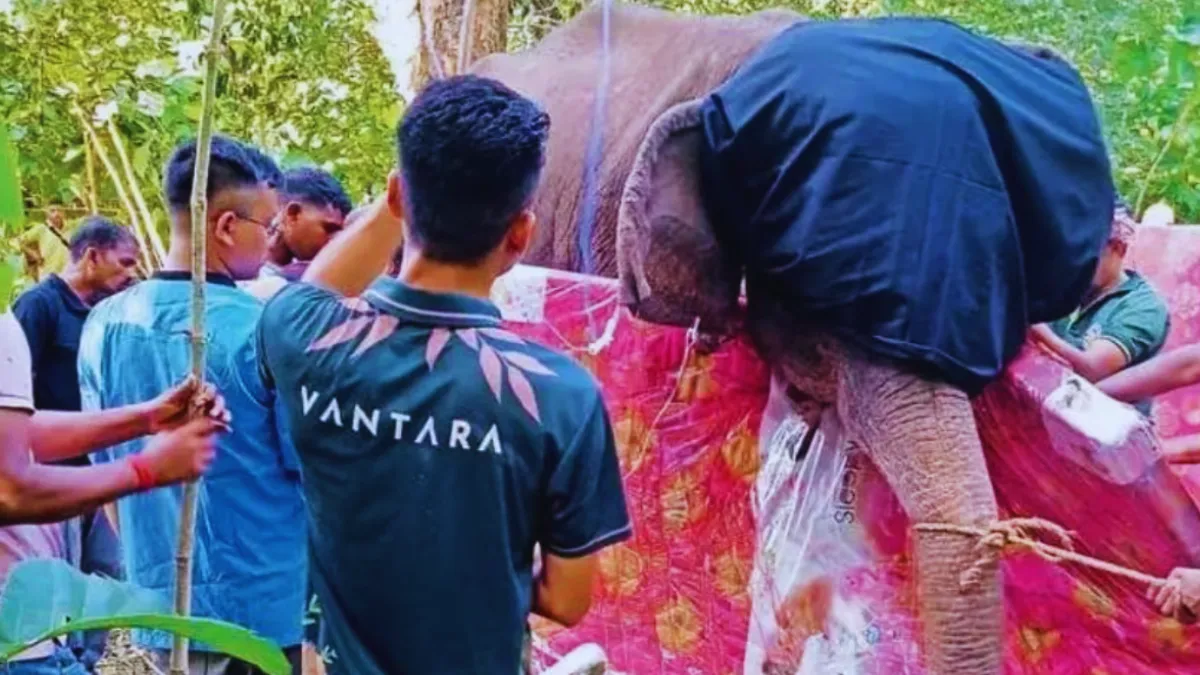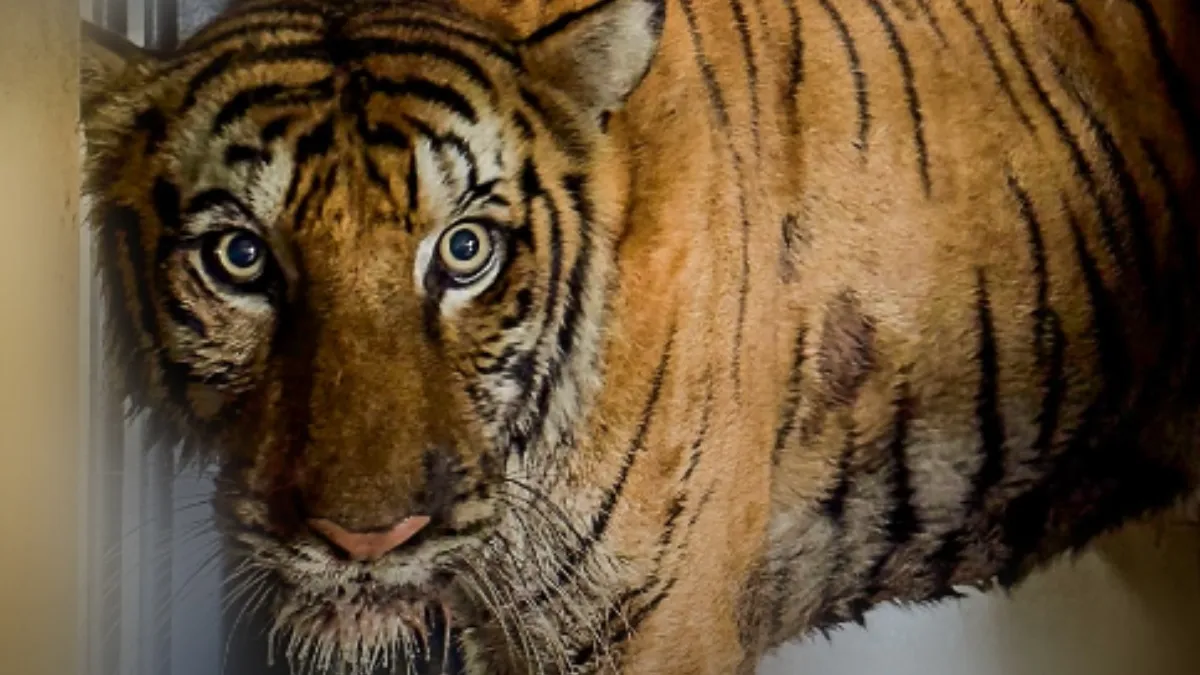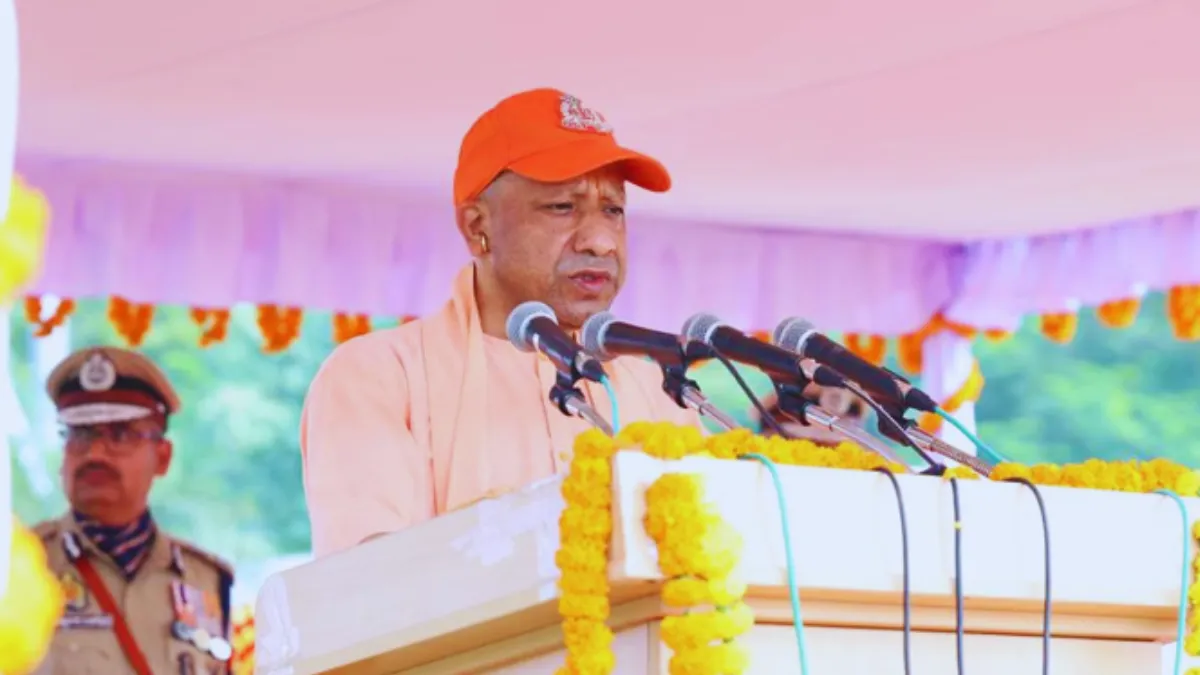A New Chapter for Rajkot — Where Lions Will Roam Once Again
Lion Safari Park Rajkot: For decades, people from Gujarat have traveled long distances to Gir National Park and Sasan Gir to witness the majestic Asiatic lions in their natural habitat. It was the only place in the world where these lions could be seen in the wild. But that is about to change.
Starting April 2026, the people of Rajkot and surrounding regions will be able to enjoy the thrill of lion sightings right in their own city. The upcoming Lion Safari Park Rajkot promises to bring the wilderness experience closer than ever before.
Located behind Pradyuman Park Zoo, this ambitious project covers 29 hectares of land and is being developed at a cost of ₹44 crore. Once completed, it will be Gujarat’s second most significant wildlife attraction after Gir.
The Vision Behind the Lion Safari Park Rajkot
The idea of creating a safari park in Rajkot was first proposed by the Rajkot Municipal Corporation (RMC) under the guidance of then Municipal Commissioner Anand Patel. The purpose was twofold:
- To boost eco-tourism and local recreation opportunities.
- To ease visitor pressure on Gir National Park while offering a safe, modern safari alternative.
After the Central Zoo Authority of India gave its official approval, construction began in full swing. The project was divided into seven phases, designed to ensure environmental balance, animal safety, and visitor comfort.
As of now, four out of seven phases have been completed, marking more than 70% project progress. The work continues rapidly with hopes of opening the park by April 2026.
A Modern Safari Experience in the Heart of Rajkot
The Lion Safari Park Rajkot will offer visitors an authentic jungle safari feel — complete with dense greenery, natural enclosures, animal zones, and eco-friendly infrastructure.
Once open, visitors will be able to embark on guided tours in special vehicles, witnessing the Asiatic lions up close in a controlled, yet natural environment.
The park is designed not only for recreation but also for education and conservation. It will feature:
- Animal viewing zones and interpretation centers
- Resting areas and shelters for lions
- Water reservoirs and natural ponds
- Inspection pathways for safe observation
- Visitor amenities such as food courts, ticketing plaza, and parking
Current Project Status — Work Done and Ongoing
The total project completion deadline is June 2026, but according to RMC officials, most construction should be finished by March 2026. The official inauguration is expected in April 2026, just before the summer tourist season.
Completed Work Includes:
- Compound wall and fencing around the park perimeter
- Internal roads and inspection paths
- Two-way gate system for vehicles and visitors
- Drainage and basic utility infrastructure
Ongoing Work Includes:
- Construction of lion night shelters
- Building of entrance plaza and ticketing counters
- Development of food plaza and visitor rest zones
- Setting up of Ground Storage Reservoir (GSR) for water supply
Out of the total ₹44 crore, around ₹27 crore has already been spent.
Safety Comes First: Dual Protection Wall System
Security is a top priority in the design of Lion Safari Park Rajkot. The park’s perimeter includes two layers of protection:
- An outer compound wall made of brick and concrete, standing 2.75 meters high and stretching across 3,500 meters.
- An inner chain-link fence, rising 5 meters high and covering 5,500 meters, to prevent lions from crossing the boundary.
In certain sections, especially near Randarda Lake, an RCC wall of 1,000 meters provides extra strength against erosion and flooding.
Between the walls lies a five-meter-wide inspection path — a secure route for maintenance and observation. This design ensures that visitors and staff can safely monitor lion activity without entering the animal area.
According to City Engineer Manoj Srivastava, this dual-layer barrier system guarantees total security. He stated, “The compound wall prevents outside intrusion, and the chain-link fence ensures the lions stay within their habitat. It’s designed for absolute safety — for both animals and people.”
Lalpari Randarda Lake: The Park’s Lifeline
One of the most thoughtful features of the project is its sustainable water management system.
To maintain the park’s greenery and support its wildlife, water will be drawn from Lalpari Randarda Lake — a natural reservoir located nearby. The water will be pumped through DI pipelines into a Ground Storage Reservoir (GSR) built inside the park.
From there, the system will distribute water by gravity flow to all sections — including plantations, animal ponds, and drinking zones.
This not only ensures a steady water supply but also keeps the park eco-friendly, avoiding dependence on artificial water sources.
Dense Green Forests for an Authentic Safari Feel
The Lion Safari Park Rajkot has been carefully landscaped to resemble the dry deciduous forests of Gir. Thousands of trees have already been planted, forming dense green patches that create shade and provide shelter for the lions.
These plantations will also attract birds and small animals, turning the park into a mini-ecosystem within Rajkot city limits. By April 2026, visitors will be able to drive through this artificial forest, experiencing the thrill of being in the wild — just minutes away from their homes.
Lion Shelters and Habitat Design
Special attention has been given to the night shelters and lion enclosures. These structures are being designed to mimic the lions’ natural environment while providing comfort and safety.
The shelters will be equipped with natural flooring, shade structures, and feeding areas. Adjacent observation decks will allow visitors to view lions during resting hours without disturbing them.
Each lion zone will also have water ponds and open roaming areas, ensuring that the animals live in an environment that promotes both physical and psychological well-being.
The Grand Entrance Plaza — Gateway to the Wild
The Entrance Plaza of Lion Safari Park Rajkot is designed as a modern, welcoming space for visitors. It will feature:
- A ticketing center with digital kiosks
- Spacious parking for cars and buses
- A food court and café offering local and international cuisine
- Rest zones with benches and shade
- Sculptures and photo spots celebrating Gujarat’s wildlife heritage
A children’s play area and information center will make the park family-friendly and educational. According to RMC officials, about 35% of this section has already been completed, with the rest expected to finish by early 2026.
Tourism and Economic Benefits for Rajkot
Once operational, the Lion Safari Park Rajkot is expected to transform Rajkot into a major tourism hub in western India.
It will attract:
- Wildlife enthusiasts and photographers
- Families and students
- Domestic and international tourists
Local businesses — from hotels and restaurants to taxi services — are likely to see a major economic boost. The park will also generate new employment opportunities for guides, drivers, caretakers, and maintenance staff.
Moreover, the project will serve as a model for urban wildlife conservation, showing how a modern city can coexist with nature.
Also read: Gir National Park in Gujarat: Everything You Need to Know for Your Visit
Technology and Animal Monitoring Systems
To ensure safety and transparency, the park will use interconnected monitoring systems that track the lions’ movement via GPS and camera feeds. This technology helps prevent accidents, supports research, and provides real-time updates on animal health.
Park authorities also plan to introduce eco-vehicles for safaris, reducing noise and pollution while maintaining a peaceful environment for the animals.
A Symbol of Gujarat’s Conservation Efforts
The Lion Safari Park Rajkot is not just a tourist attraction — it’s a symbol of Gujarat’s commitment to preserving its state animal, the Asiatic lion.
Gir National Park currently houses over 600 Asiatic lions, but growing numbers and limited space have led to the need for additional habitats. Rajkot’s safari park will act as an extended conservation zone, supporting breeding programs and wildlife education.
This move also strengthens India’s broader mission to promote sustainable tourism — balancing economic development with ecological responsibility.
Also read: Sasan Gir Safari Starts a Week Early: Lion Roars Await Nature Lovers
Key Facts About Lion Safari Park Rajkot
| Feature | Details |
|---|---|
| Project Cost | ₹44 Crore |
| Land Area | 29 Hectares |
| Work Completed | 70% (as of 2025) |
| Construction Phases | 7 |
| Expected Completion | March 2026 |
| Public Opening | April 2026 |
| Water Source | Lalpari Randarda Lake |
| Main Attractions | Lion Safari Rides, Food Plaza, Play Area, Parking |
| Operator | Rajkot Municipal Corporation |
Also read: President Draupadi Murmu Visits Sasan Gir for Lion Safari and Tribal Engagement
How It Will Change Rajkot’s Tourism Map
Currently, Rajkot is known for its culture, temples, and industrial growth. But the Lion Safari Park will add a new identity — a city where wildlife meets modern life.
Just like Delhi has its zoological park and Hyderabad has its Nehru Zoological Safari, Rajkot will soon be home to Gujarat’s most advanced urban safari zone.
Travel companies have already started preparing future safari packages that combine the Lion Safari Park Rajkot with nearby attractions such as Pradyuman Park Zoo, Randarda Lake, and Khambhalida Caves.
Looking Ahead: April 2026 Launch
Officials expect to complete the entire project by the end of March 2026 and open it to the public in April 2026. The park will open with limited visitor capacity initially to ensure animal comfort and safety.
In the first phase, guided bus safaris will begin, followed by private eco-vehicle safaris once all safety systems are fully operational.
Also read: Ultimate Guide to Gir Safari Booking: Experience the Majestic Asiatic Lions in Their Natural Habitat
Conclusion: A Roaring Future for Rajkot
When the Lion Safari Park Rajkot opens in 2026, it will mark a new era for both wildlife tourism and urban ecology in Gujarat.
From lush forests and secure enclosures to modern facilities and conservation initiatives, this park promises a world-class safari experience for everyone — without the need to travel to Gir.
Soon, the roar of lions will echo through the heart of Rajkot, reminding everyone that the king of the jungle has found a new home — right in Gujarat’s fastest-growing city.
The Lion Safari Park Rajkot is more than a tourist spot — it’s a legacy project that will inspire generations to love, respect, and protect India’s wildlife heritage.



















